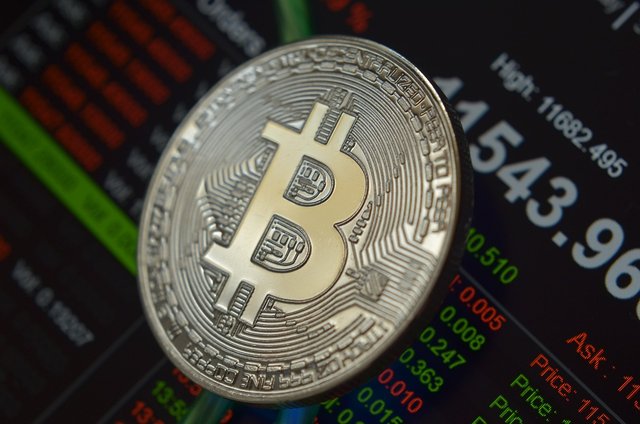
Bitcoin on August 16th, 2024: A Look at the Present and Future
Bitcoin, the world's first and most popular cryptocurrency, is a significant player in the global financial landscape. As of August 16th, 2024, Bitcoin is more than just a digital currency; it represents a broader movement toward decentralized finance (DeFi), blockchain technology, and the redefinition of traditional financial systems.
Current Market Overview
As of mid-August 2024, Bitcoin is trading at around $43,000 per BTC, reflecting its resilience and volatility. The cryptocurrency market has experienced several fluctuations this year, driven by various macroeconomic factors, regulatory developments, and market sentiment.
2024 has been a year of consolidation for Bitcoin. The cryptocurrency started the year at approximately $32,000 and gradually climbed to a high of $48,000 in May, driven by renewed interest from institutional investors and ongoing global economic uncertainty. However, a series of regulatory crackdowns and concerns over Bitcoin’s energy consumption led to a correction in June, bringing the price down to the $40,000 range, where it has remained relatively stable.
Regulatory Landscape
The regulatory environment for Bitcoin has been a major theme in 2024. Governments around the world have been working to establish clearer guidelines and regulations for cryptocurrencies. The United States, in particular, has introduced more stringent regulations, requiring cryptocurrency exchanges to adhere to tighter Know Your Customer (KYC) and Anti-Money Laundering (AML) protocols. This has led to increased scrutiny on Bitcoin transactions and greater transparency in the market.
In Europe, the European Union’s Markets in Crypto-Assets (MiCA) regulation has been a significant development. MiCA aims to create a comprehensive regulatory framework for cryptocurrencies across the EU, ensuring investor protection while fostering innovation. This regulation has been welcomed by many in the crypto community, as it provides clarity and a uniform approach across member states.
Adoption and Use Cases
Bitcoin’s adoption continues to grow, both as a store of value and as a medium of exchange. More retailers and service providers are accepting Bitcoin as payment, and the number of Bitcoin ATMs worldwide has surpassed 50,000, reflecting its increasing accessibility.
The concept of Bitcoin as "digital gold" remains strong. Many investors view Bitcoin as a hedge against inflation and economic instability. In countries with high inflation rates or unstable financial systems, Bitcoin has become a popular alternative to traditional currencies.
Moreover, the Lightning Network, Bitcoin’s Layer 2 scaling solution, has seen significant growth in 2024. This network allows for faster and cheaper transactions, making Bitcoin more viable for everyday transactions. The Lightning Network’s capacity has increased to over 10,000 BTC, with more businesses and platforms integrating it into their systems.
Energy Consumption and Sustainability
Bitcoin’s energy consumption remains a contentious issue. Despite efforts to shift towards more sustainable mining practices, Bitcoin mining is still criticized for its environmental impact. However, 2024 has seen progress in this area, with an increasing number of mining operations powered by renewable energy sources.
Some countries, like El Salvador, which continues to embrace Bitcoin as legal tender, have invested in geothermal energy for Bitcoin mining, capitalizing on their natural resources to power the network sustainably. Additionally, there has been a growing trend of “green” Bitcoin, where users and companies prioritize Bitcoin that has been mined using renewable energy.
Future Outlook
Looking ahead, the future of Bitcoin appears both promising and uncertain. The ongoing development of the Bitcoin network, including upgrades to its protocol, will play a crucial role in its long-term success. The next major event on the horizon is the Bitcoin halving, expected in 2025, which will reduce the block reward for miners and potentially impact the supply-demand dynamics.
Bitcoin’s role in the global financial system is likely to expand as more countries explore Central Bank Digital Currencies (CBDCs) and as blockchain technology becomes more integrated into mainstream finance. However, Bitcoin’s future will also depend on how it navigates regulatory challenges and technological advancements.
In conclusion, as of August 16th, 2024, Bitcoin remains a dominant force in the cryptocurrency world. Its journey from an experimental digital currency to a global financial asset is a testament to its resilience and the transformative potential of blockchain technology. While challenges remain, Bitcoin’s influence on the future of finance is undeniable.
Spam de Chat GPT.
Downvoting a post can decrease pending rewards and make it less visible. Common reasons:
Submit